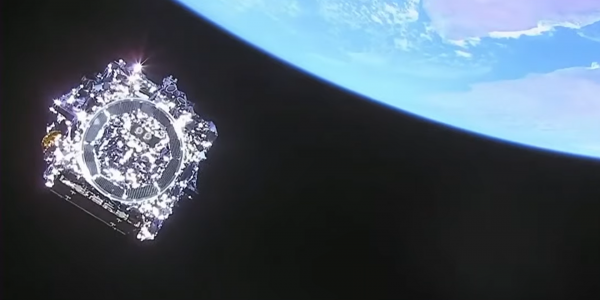Physics Colloquium with Michael Meyer on Origins of Stars, Planets, and Life
Over 20 years ago, the instrument teams for the NASA/ESA/CSA JWST outlined comprehensive science programs to answer to key questions concerning the origins of stars and planets, with implications as well for the origin of life. Deep observations of pre- and protostellar molecular cloud cores reveal the initial conditions of star formation, the composition of star- and planet-forming gas and dust, the first compact objects that form from collapse, and feedback from star formation which may contribute to self-regulation. Observations of brown dwarfs in young clusters and in the field, reveal multiplicity, atmospheric structure, and composition of these enigmatic objects that represent either the low mass end of the initial mass function or the high mass limit of planet formation. Imaging and spectroscopy of planet-forming circumstellar disks reveal how interstellar ingredients are transmuted into the building blocks of planets and the emergence of forming proto-planets in these disks. Observations of mature gas giants and brown dwarf companions as a function of host star mass, orbital separation, and mass ratio may reveal how the complex processes of planet formation determine their composition and help regulate the delivery of volatiles to potentially habitable planets. We will describe the power of JWST compared to complementary facilities, review relevant results from the first year of JWST science operations, and provide some hint of future exciting results to come.
Image: The last view of JWST as it leaves the launch vehicle.

